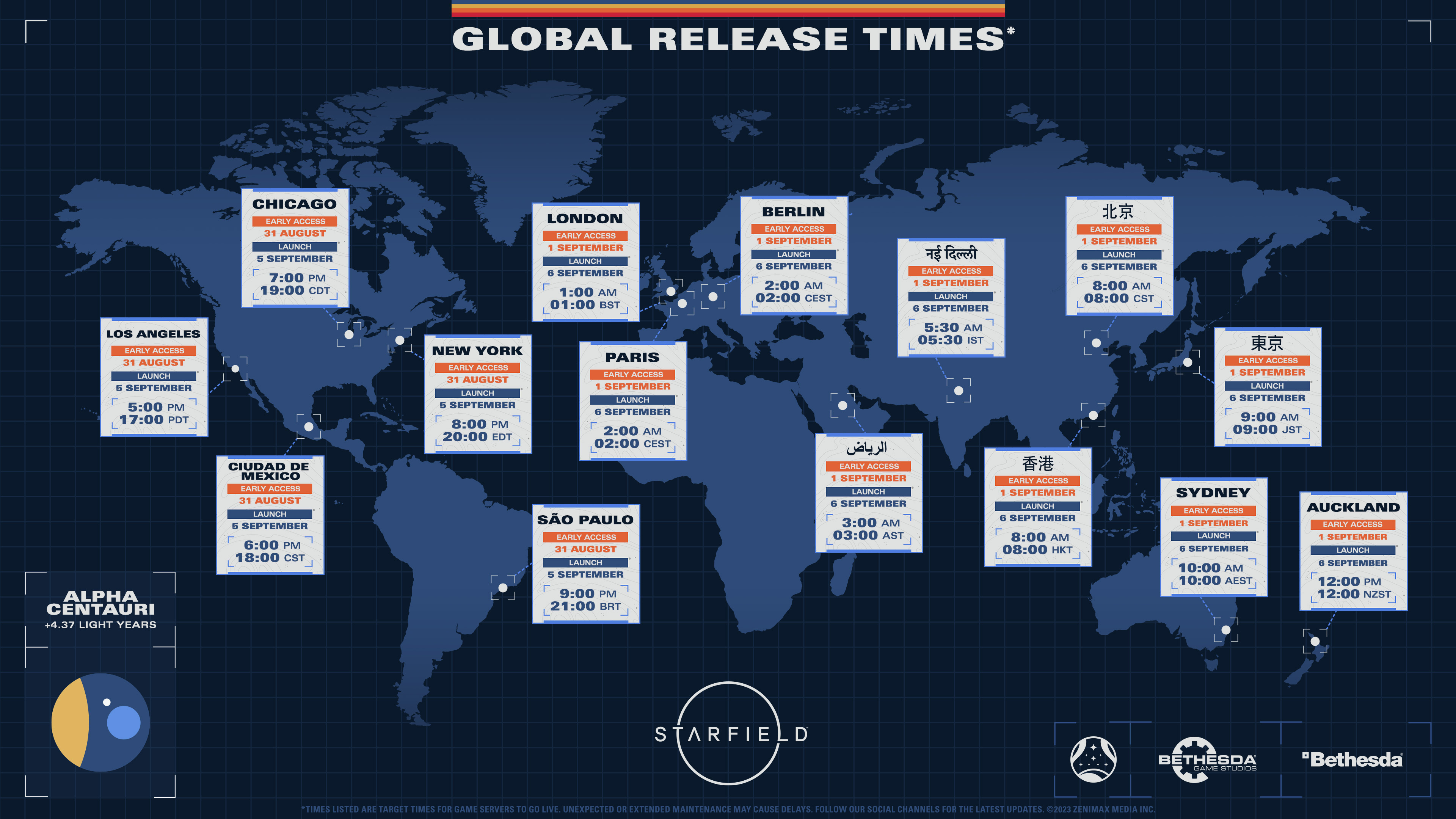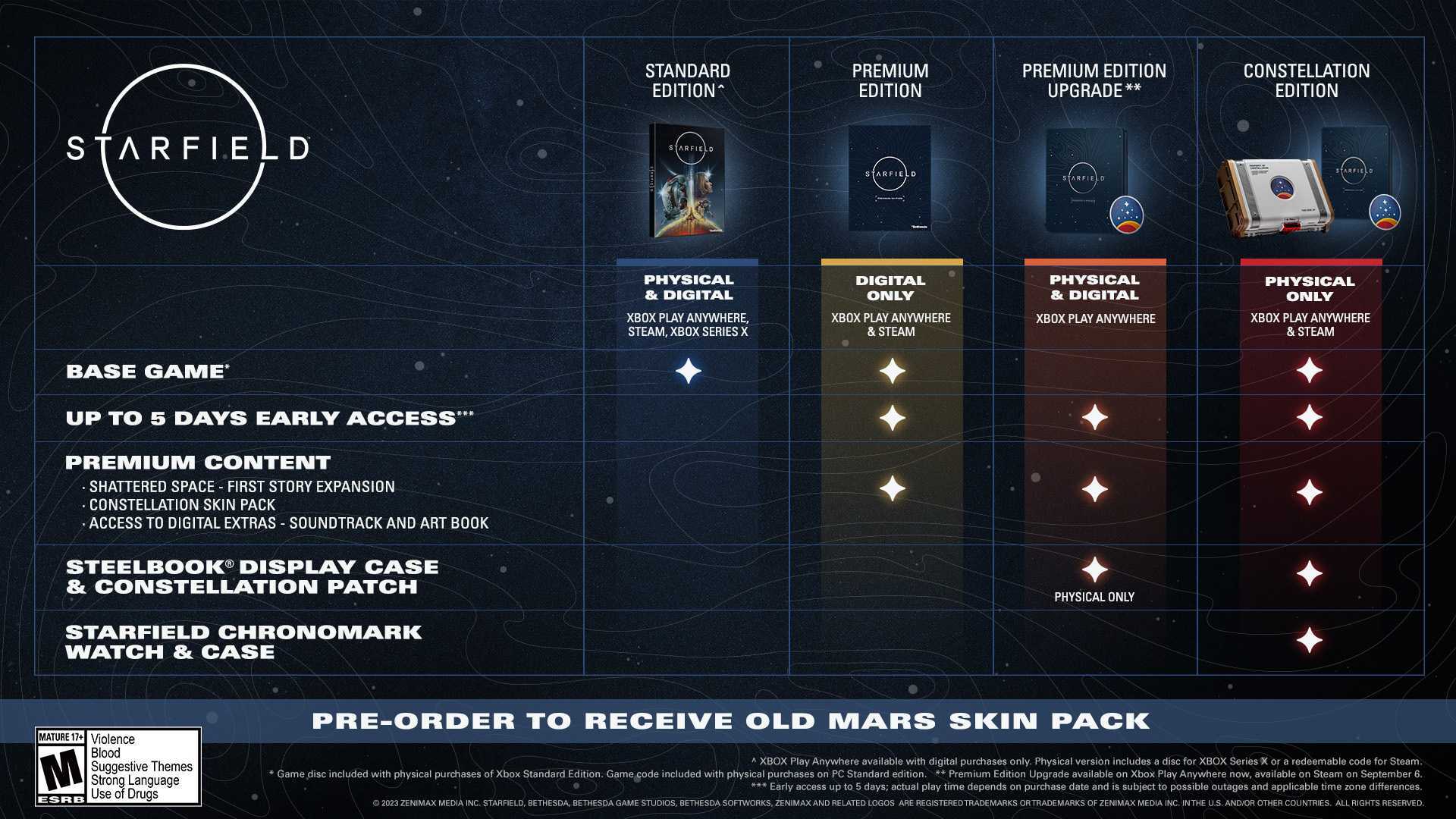- cross-posted to:
- [email protected]
- cross-posted to:
- [email protected]
TL;DR:


Minimum Specs:
- OS: Windows 10 version 21H1 (10.0.19043)
- Processor: AMD Ryzen 5 2600X, Intel Core i7-6800K
- Memory: 16 GB RAM
- Graphics: AMD Radeon RX 5700, NVIDIA GeForce 1070 Ti
- DirectX: Version 12
- Storage: 125 GB available space
- Additional Notes: SSD Required
Recommended Specs:
- OS: Windows 10/11 with updates
- Processor: AMD Ryzen 5 3600X, Intel i5-10600K
- Memory: 16 GB RAM
- Graphics: AMD Radeon RX 6800 XT, NVIDIA GeForce RTX 2080
- DirectX: Version 12
- Network: Broadband Internet connection
- Storage: 125 GB available space
- Additional Notes: SSD Required



It shouldn’t be a surprise. Games load assets on the fly to save memory, which would be terrible on a hard drive.
Not great for an SSD either since they have finite read/writes too.
Solid State Drives have no read limits, only write limits.
Oh wow that made a ton of changes to my statement! Same difference.
No it’s not the same. Playing games, or loading assets causes no wear for the SSD.
Well that’s just not factually accurate. The accurate thing would be it causes so little wear and tear it might as well not count on the memory chips. But using ANYTHING causes wear and tear to build up eventually and a SSD has more points of failure than just reading and writing to the memory.
Nonsense. NAND flash memory is non-volatile and can be read from indefinitely without wearing out.
You can’t read I said the SSD has more points of failure than the memory. And those points of failure go up the longer it’s used.
You’re being obnoxious, on top of being wrong. Please stop.